
Developer: Hologryph, Eerie Guest Studios
Publisher: TinyBuild
Platform: Switch, PS4, Xbox One, PC, Stadia
Tested on: Switch
Secret Neighbor – Review
The Hello Neighbor games might not be critically acclaimed, but that hasn’t stopped the franchise from reaching a level of popularity that warrants spin-off games, a sequel, and even an upcoming animated series. It shouldn’t come as a surprise that developer Hologryph has also set out to capture the online multiplayer crowd. The multiplayer incarnation of Hello Neighbor, appropriately titled Secret Neighbor, originally debuted in 2019 and has now joined the original Hello Neighbor and Hello Neighbor: Hide and Seek on the Switch. Should you invite mister Peterson over for coffee or is this a neighbor you wouldn’t want to live next to?
Story
Because Secret Neighbor is supposed to be a multiplayer title first and foremost, there is no real narrative present. Sure, there is the basic premise, which sees the players take on the role of the neighborhood kids, but if you were hoping for a story arc, you’re out of luck. One of the kids is trapped in the basement of the titular Neighbor, the creepy mister Peterson. The other kids have to rescue their friend. Unfortunately, one of the kids is actually Peterson himself in disguise. There’s nothing more to the story, and in all honesty, that’s probably for the best because everything starts to fall apart when you start to overthink things. How can an adult man disguise himself to look like a child without anyone noticing, for example? And why is mister Peterson locking kids in his basement? It’s a premise that becomes creepier the more you think about it.
Graphics
One of the first things you should do upon booting up Secret Neighbor for the first time is turning off the game’s default motion blur in the game’s settings. This is because it looks terrible and it is incredibly distracting. Once you’ve done that, you’ll be left with a game that still looks bad, due to poor lighting, undetailed 3D models, and awful textures, but at least you’ll be able to see what is happening on-screen. While we understand that appreciating visuals is a matter of personal taste, and that Secret Neighbor simply sticks to the aesthetics of the main Hello Neighbor franchise, this is simply a game that doesn’t look appealing at all. Despite the relatively simplistic graphics, the game also performs poorly. Jagged edges are everywhere and the frame rate is awful, though we suspect that the online component is a factor here.
Sound
Secret Neighbor attempts to create a spooky atmosphere through its low-key soundscape. Music is almost completely absent during gameplay and even in the menus, it is used very subtly. Most of the sounds you’ll hear while playing are sound effects such as footsteps, crickets, and objects that are being interacted with. The soundscape is perfectly fine for what the game sets out to be, but there isn’t a whole lot we can say about the game’s audio as a result.
Gameplay
Secret Neighbor offers a multiplayer spin-off version of the gameplay first showcased in the core Hello Neighbor title. The main series game, if you will, is a single-player stealth horror game, and although Secret Neighbor sticks to the same core gameplay, things are shaken up quite a bit by converting the series into a multiplayer experience. When the game starts, all players are randomly assigned a role: either they’re a real kid or they’re the Neighbor in disguise. You’ll need to explore every area of the Peterson house, in order to find the keys needed to free your missing friend. Of course, the player that is assigned the role of Neighbor has to stop the kids. At any point in the game, the Neighbor can reveal himself, resulting in a mad dash around the house in order to catch all the children.
Matchmaking is done randomly and we were lucky enough to be able to jump into a few games without too much waiting, although we’re not sure if this is going to be the case in the long run. At the time of writing, there are plenty of players that are willing to participate in random matches, and as such, jumping into a game can be done pretty much instantly. Whether you’re a kid or the Neighbor is determined randomly. Once you’ve been assigned your role, you’re presented with a brief explanation of what you’re able to do, but this is far too brief to really understand how the game works. This is especially true if you’re playing as one of the kids, and it’s likely that you’ll need to play a few rounds and learn how to do things through trial and error rather than through the tutorial.
There are several different classes to play as when you’re a kid. The Bagger, for example, is heavier than other kids and slows down the Neighbor while he is being carried. The Inventor is able to craft stuff. And the Leader can make the other kids move faster. Each of the six classes offers its own advantages, which will aid in defeating the Neighbor. While playing as a kid, you can also pick up and throw various items, which are littered throughout the darkened house, at the Neighbor in order to slow him down. Note that you can’t actually kill the Neighbor. The only way for the kids to win is to free their captive friend, and as such, the most important items to track down are the various keys needed to reach the basement. Meanwhile, the Neighbor can start out disguised as any of the kids, but must ultimately reveal his true form to be able to capture all of the kids in order to claim victory.
Although the game sounds pretty great in theory, in practice it is hampered by technical limitations. First and foremost among these is the clunky movement. While you’re able to tweak movement sensitivity in the settings, the default version is super slow, and given the multiplayer nature of the game, your best bet is to hope that the other players have changed the default settings (and that the player that is the Neighbor hasn’t changed theirs). This is perhaps the main technical problem, but there are numerous other issues that hamper the overall enjoyment. The game suffers from a crippling balance issue where the Neighbor is simply overpowered and there is little to stop the Neighbor player from simply revealing himself at the start of the game and tracking down the kids one by one, even if that means it’s going to be a tedious game round.
There is one other major issue prevalent in the Switch version and that is that there is no effective way to communicate with the other players. For the player that is assigned the role of the Neighbor that isn’t an issue -though as we’ve seen with games like Among Us, talking your way out sticky situation is half the fun- but if you’re playing as one of the kids, then most of the time you’ll be confronted with other players that are wandering around aimlessly rather than work together in order to clear the game successfully. There is no cooperative element here, and no incentive to play Secret Neighbor tactically. The only way we can see this game really works is if you’re getting together with a group of friends, each with their own Switch, so that you can actually work together to free your friend. Whether Secret Neighbor is a game that’s worth buying separate copies for just for local multiplayer is another question altogether though.
Conclusion
Secret Neighbor is a game that sounds fantastic in theory but is bogged down by its poor execution. The atrocious visuals, janky controls, and balance issues make for a game that’s a tough sell. Add to this that the only way to actually have fun with Secret Neighbor is to play it with friends, because random matches descend into chaos, resulting in a game that you just shouldn’t bother with.
Secret Neighbor - Review,1 Comment
Leave a Reply
You must be logged in to post a comment.

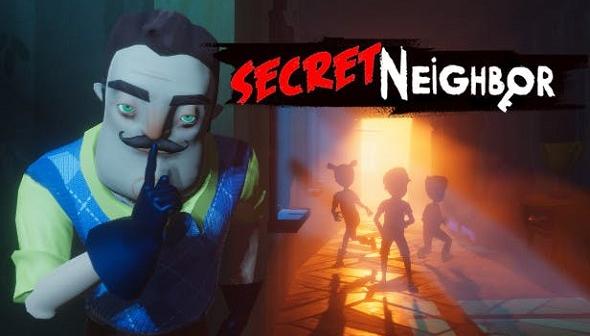
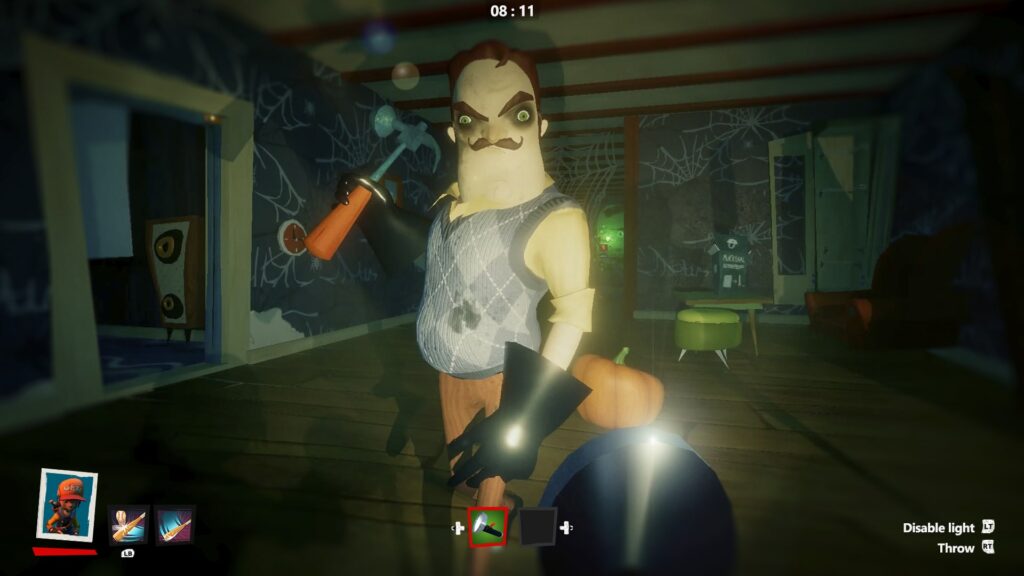
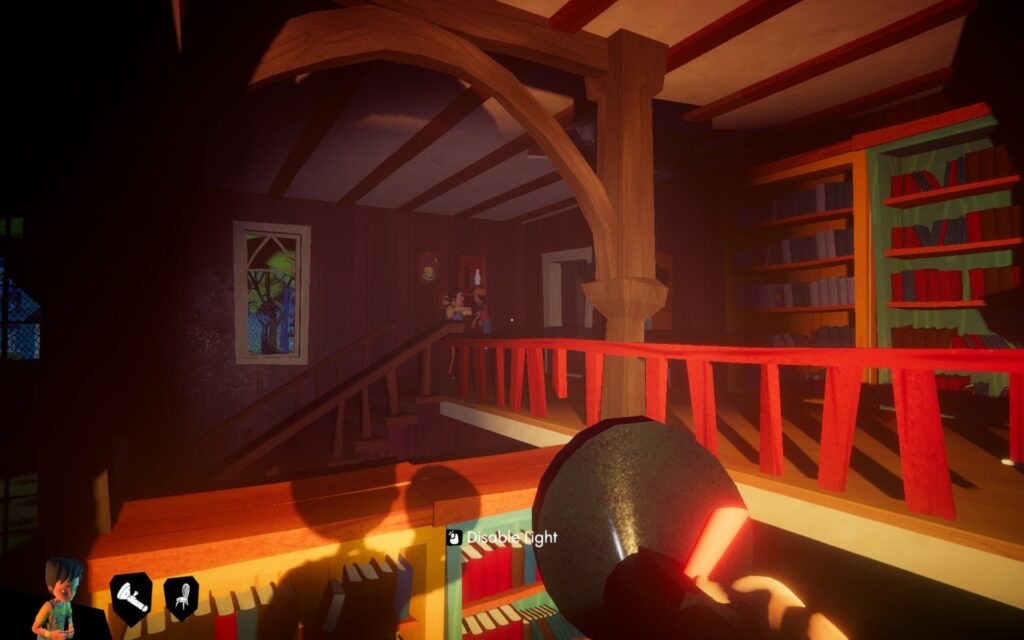
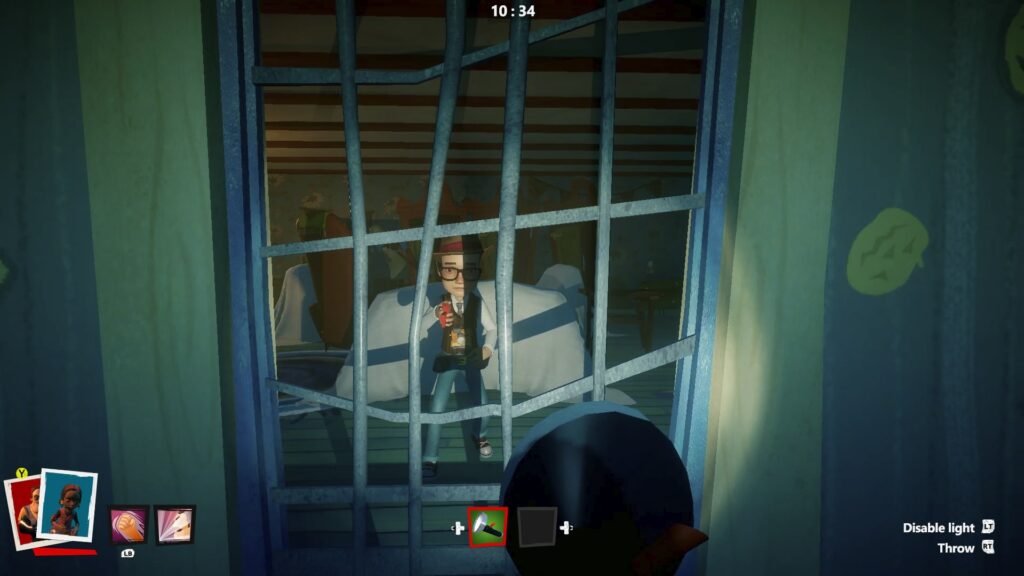
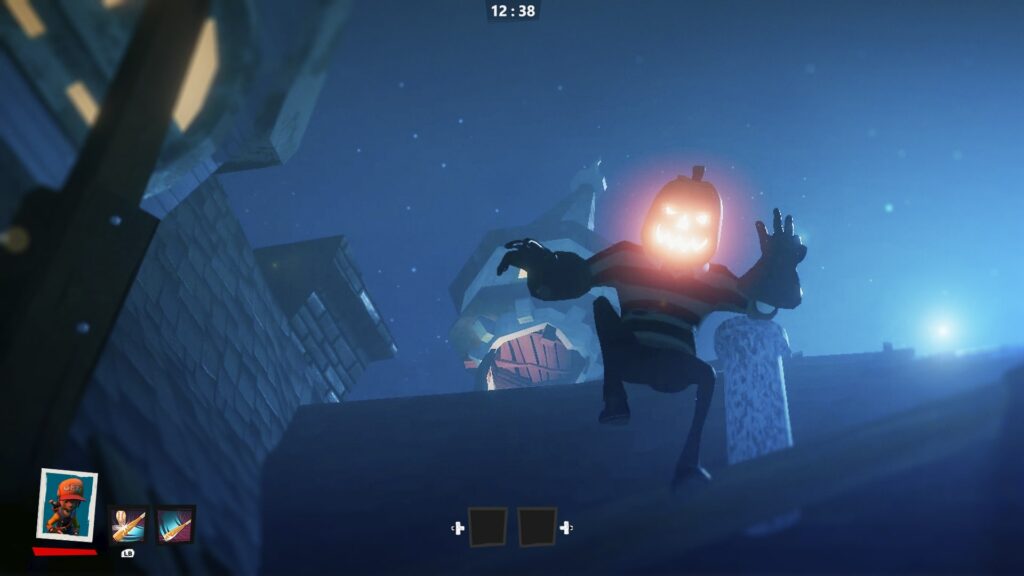




[…] the creative minds at tinyBuild brought us Secret Neighbor and now we are presented with Hello Engineer, a new spinoff from the Hello Neighbor franchise. This […]